

Table of Contents
Introduction to Trucking Compliance
Compliance is the lifeblood of any successful trucking company. A solid trucking compliance guide shows how fleet managers, drivers, and office staff work together. They can ensure daily operations meet FMCSA trucking rules and DOT compliance obligations. This below will highlight why these rules exist and the risks of noncompliance.
Why Trucking Regulations Matter
A modern trucking compliance guide is not just a few documents. It is the backbone that keeps drivers, cargo, and the public safe. In North America, breaking FMCSA trucking rules and DOT compliance obligations is serious. So, following these rules is key. They help stop delays, rejected loads, and fines that can hurt the entire supply chain.
Being compliant protects public safety and shippers' investments. It also builds trust between freight forwarders and trucking partners. Strong adherence to supply chain regulations leads to fairer pricing for everyone. It protects you from unethical operators. They might raise prices using risky methods.
Key Risks of Non-Compliance
Not following DOT trucking compliance rules can lead to serious problems. Violations can result in lost contracts, roadside safety checks, higher insurance rates, and loss of operating authority. A low CSA score for fleets can lead to more stops at weigh stations. This may cause delayed deliveries and damage the business's reputation. This is especially true for those relying on timely inland moves with Topshipping. Non-compliance can hurt finances and increase risks for freight operations. Ignoring regulations can create major issues for time-sensitive international loads during their domestic journeys.
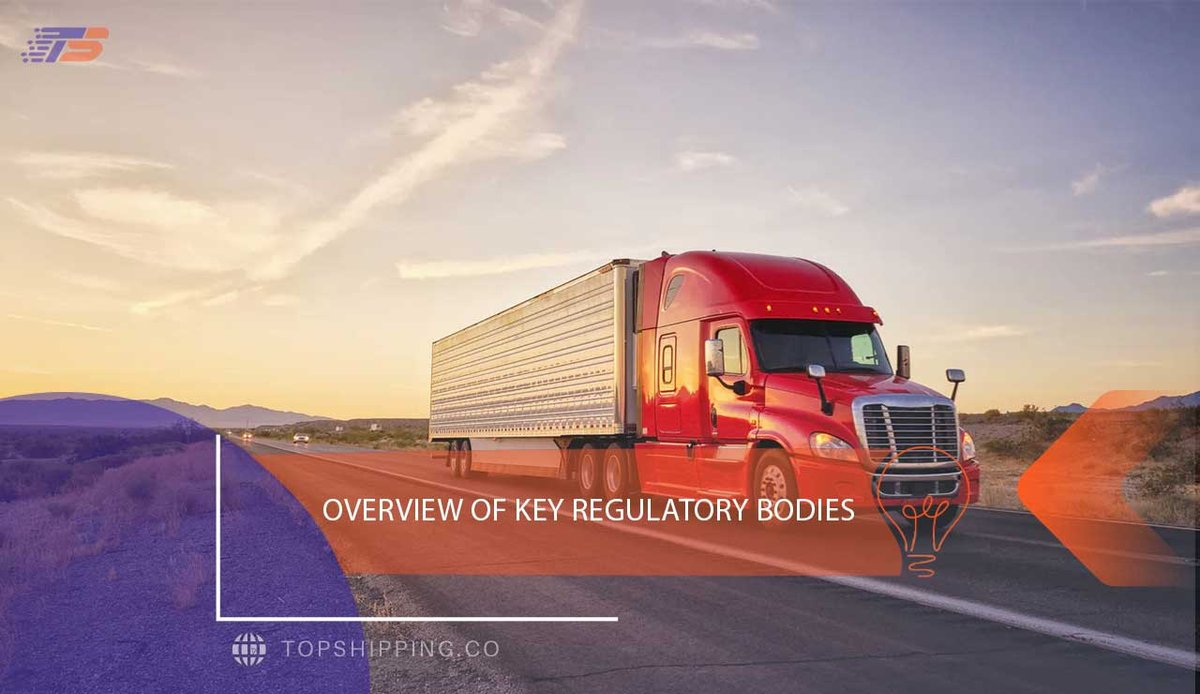
Overview of Key Regulatory Bodies
The trucking industry's regulatory environment is complex. Many agencies enforce safety and operating procedures for fleets. To follow regulations, it’s important to know who sets them and what they entail. This knowledge helps in creating a perfect fleet compliance guide.
FMCSA (Federal Motor Carrier Safety Administration)
The FMCSA is the main authority for overseeing commercial motor carriers in the U.S. It provides key FMCSA regulations on hours of service (HOS), drug and alcohol testing, driver qualifications, and safety fitness. Any fleet compliance guide should start with a grasp of FMCSA's rulebooks, safety bulletins, and audit models based on data. A key aspect of FMCSA oversight is its Safety Measurement System (SMS). This system uses roadside inspection data to spot high-risk fleets.
DOT (U.S. Department of Transportation)
Besides the FMCSA, the larger US DOT compliance framework controls truck travel across state lines. The DOT manages various agencies. These include pipeline safety, hazardous materials safety, highway policy, and environmental regulations. Each one affects freight operations and compliance.
Federal DOT regulations guide fleets on managing:
- Emissions
- Equipment standards
- Bridge clearances
- Weight limits
- Emergency procedures
For international forwarders such as Topshipping, it's essential that local carriers comply with more than FMCSA rules. They also need to handle bonded cargo with customs control. Plus, they must deliver time-sensitive containers to the port.
State and Regional Regulatory Agencies
State DOTs (Departments of Transportation) and local agencies add complexity. They have different equipment, fuel, and emissions standards. California’s CARB (California Air Resources Board) regulations are a key example. They enforce stricter diesel engine retrofits and limit idling time. Some states limit axle weights on secondary highways. Others require seasonal permits for oversize loads. A solid trucking compliance guide should have a matrix. This matrix lists state permits, road taxes, and local idling bans. This helps avoid surprises at the end of each trip. For a global logistics company like Topshipping, working with local carriers is key. They know the rules, which helps ensure timely cargo release. This avoids costly detention fees.
Core Compliance Domains in the Trucking Industry
A good trucking compliance guide should cover all operation areas where rules apply. This includes driver hours, vehicle checks, fuel tax, safety scores, and drug testing. This section highlights key compliance areas to avoid unexpected gaps.
Hours of Service (HOS) Regulations
HOS rules are in place to protect drivers and the public by regulating working hours and rest breaks. If there’s no clear understanding of HOS compliance and its exceptions, even the best fleet could face fines and accidents. This part highlights the rigorous limits and exceptions that every carrier must strictly adhere to.
Daily and Weekly Driving Limits
Like all FMCSA trucking rules, HOS rules set limits on how long drivers can operate commercial vehicles. A property-carrying driver may drive for a maximum of 11 hours after taking 10 consecutive hours off duty. The "14-hour rule" says drivers must stop after 14 hours of work, even with breaks. For weekly limits, drivers cannot exceed 60 hours in 7 days or 70 hours in 8 days. Many international shippers overlook how these domestic time limits shape inland delivery schedules. For partners like Topshipping, a clear trucking compliance guide keeps collaboration smooth. It helps avoid missed cut-off times at ports or rail ramps.
Exemptions and Short-Haul Rules
Short-haul exemptions are not uncommon in local delivery fleets or port drayage. A driver within a 150 air-mile radius might not need an ELD. They can drive for up to 14 hours daily if they start and end in the same place. However, these exemptions are frequently a red-flag audit item if misused. A good fleet compliance guide clearly defines job roles. It explains how short-haul drivers should manage timecards. It also notes when local rules take priority over federal standards. Many states have done random checks near ports. They aim to find short-haul claims that really had a long-haul run.
Electronic Logging Devices (ELD)
ELDs are the future of HOS tracking. Understanding how ELDs work is key for DOT trucking compliance. It helps avoid common mistakes and preventable citations.
ELD Mandate Timeline
The ELD mandate requires most commercial drivers to record HOS electronically. This replaces the old paper logs. Today, all fleets subject to FMCSA regulations must provide only approved ELDs.
ELDs will automatically track:
- Driving time
- On-duty driving time
- Not driving time
- Rest breaks
International companies like Topshipping must follow ELD regulations when using domestic carriers. If their partners are not compliant, they can be stopped at checkpoints. This can lead to loads being halted unexpectedly.
Common ELD Errors and Fixes
ELDs will simplify recordkeeping. But they may create issues with unassigned driving time, data transfer failures, or status change errors. These problems can lead to violations. A thorough trucking compliance guide should include a troubleshooting protocol. This should cover how to annotate logs, how to fix glitches, and when to switch to paper logs temporarily as per DOT compliance regulations. Inspectors often check for data transfers at roadside. Carriers that fail to comply may face fines or an out-of-service order.
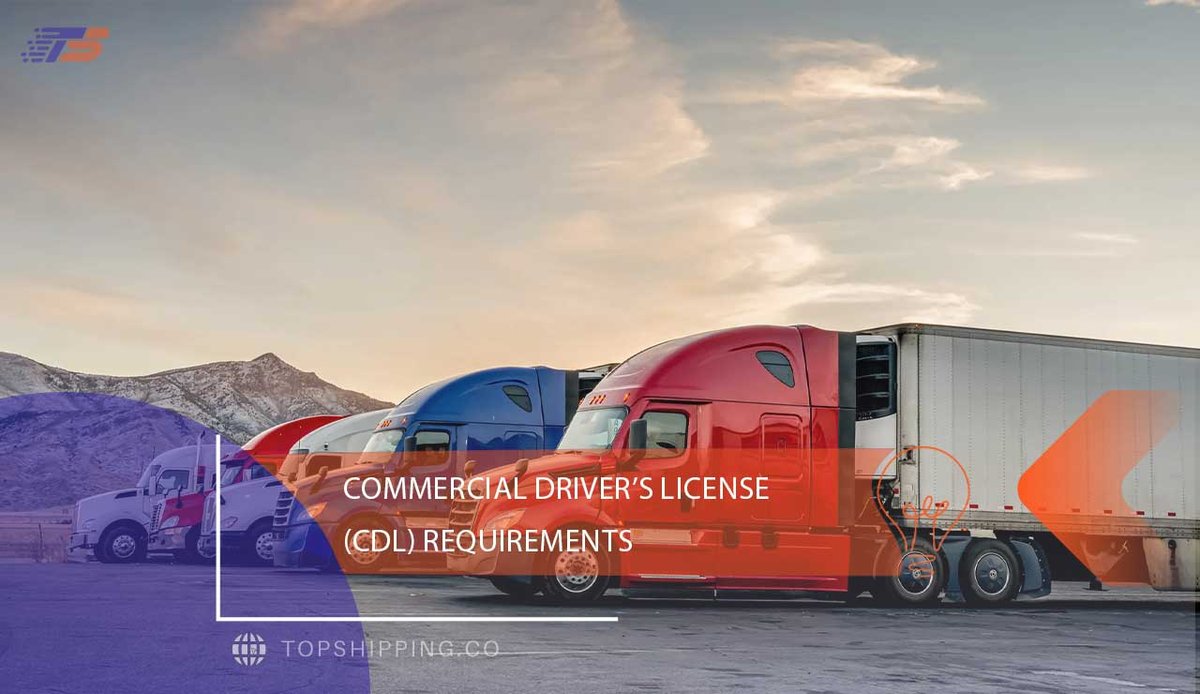
Commercial Driver’s License (CDL) Requirements
There is not a legal way to operate a commercial vehicle without the proper CDL and endorsements. In this section, we discuss what license classes cover, required training, and medical and background checks.
License Classes and Endorsements
Every commercial driver must have a valid CDL that reflects the class of vehicle they operate. Class A refers to tractor-trailers. Class B is for straight trucks. Class C is for smaller vehicles that carry hazmat or passengers. Endorsements like H (HAZMAT) or T (doubles/triples) need a written test and background check. A solid fleet compliance guide tracks endorsement expirations and training for new endorsements. This is key for fleets that move specialized or bonded freight, such as international containers.
Medical and Background Requirements
Drivers must pass a DOT medical exam to confirm they are fit to drive. Carriers need their medical card. They should also check the FMCSA Clearinghouse for drug or alcohol violations before hiring former drivers. Small fleets may cut corners due to urgency. A missing medical certificate can disqualify or invalidate a CDL. This leaves the fleet at risk of failure, like during a DOT compliance checklist audit.
Vehicle Inspection, Maintenance & Repair
Trucks must stay in good shape every day. This is crucial for inspections by authorities. This section covers daily checks, inspection levels, and record keeping. These practices show a fleet's commitment to DOT safety compliance.
Daily Driver Inspection Reports (DVIRs)
Drivers must do DVIRs every day. They need to inspect the vehicle before and after each shift. DVIRs must show all defects. The driver must check the brakes, lights, tires, screws, and other safety items. A completed DVIR shows that the fleet follows DOT trucking compliance. It also confirms that any defects are fixed before they cause a breakdown. Missing DVIRs are in the top five FMCSA violations. Carriers should back up reports digitally. They should also train drivers to report any recurring defects. This will help create better solutions for the entire fleet.
DOT Inspection Levels
There are six levels of roadside inspection. Level One is the most detailed. It involves a full check of the driver and vehicle. This includes HOS, DVIRs, cargo securement, brakes, and lights. Level Three is a document inspection: driver credentials, logbooks, and medical cards. Good carriers prepare drivers with a trucking safety checklist offline. This helps them know what to expect during roadside inspections. By doing this, they avoid surprises that could lead to trucks being taken out of service.
Hazardous Materials (HAZMAT) Compliance
Transporting hazardous materials means assuming some extra responsibilities. HAZMAT loads need special labels and documents. They must be delivered by trained drivers who follow emergency plans.
Classification and Labeling
Transporting HAZMAT : Hazardous Materials requires strict rules. You must identify, package, and label all items. This includes flammable liquids and corrosives. One mislabelled drum can result in heavy fines or outright rejection of a shipment at the port of entry. A clear fleet compliance guide lists acceptable UN numbers, hazard class labels, and placarding for trucks. This meets the DOT compliance and international rules for multimodal shipping.
Emergency Response Requirements
Carriers of HAZMAT must train drivers on spill control. They should also provide an emergency response plan and support local emergency responders. All hazardous materials documentation must accompany the load. This is crucial for forwarders and import/export companies like Topshipping. If they fail to get our forwarder's spill response plan approved, all bonded freight will be affected. This could halt our operations and cause weeks of downtime.
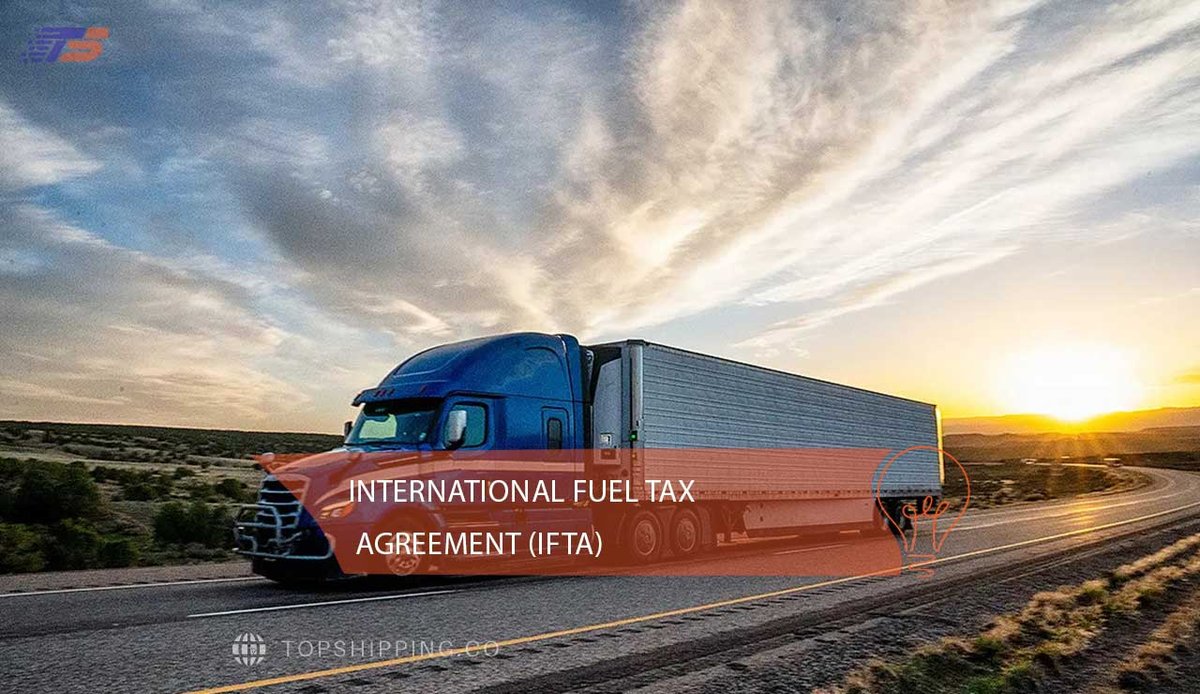
International Fuel Tax Agreement (IFTA)
The IFTA statement sets a standard for reporting and paying fuel tax in states and provinces. Mistakes can be expensive. This section shows how to log fuel, meet IFTA tax requirements clearly, and complete an IFTA audit.
Reporting and Documentation
IFTA offers a uniform way to report fuel taxes in the U.S. and Canada. Fleets must track gallons bought and miles driven in each area. They should report this every quarter and save fuel receipts for proof. Incomplete records or wrong tax reports can lead to unexpected tax audits for a fleet. A solid DOT compliance checklist ensures the fuel card connects to verified records. It also tracks mileage with ELD.
Common Audit Issues
Auditors will flag issues if they find:
- Odometer records that don't match
- Missing receipts
- Incorrectly split jurisdictions
Modern TMS software helps reconcile invoices. It does this by using ELD records, fuel consumption data, and dispatch logs. The fleet compliance guide should name a staff member to review IFTA monthly. This catches small mistakes before they become expensive issues in an audit.
CSA (Compliance, Safety, Accountability) Scores
CSA Scores are public measures of how well a fleet performs in safety. Fleets are visible to shippers, brokers, and regulators once they get a score. Understanding your CSA scores is key. It helps a professional fleet protect its reputation.
BASIC Categories
The CSA BASICs (Behavior Analysis and Safety Improvement Categories) monitor unsafe driving, driver fitness, controlled substances, and Hours of Service rules. Inspectors and brokers check publicly scored records to identify risky fleets. A low BASIC score affects contract bids and leads to more roadside checks. Carriers with tight international deadlines and partners like Topshipping care deeply about this.
Impact on Fleet Reputation
CSA scores are available to shipper, brokers, and insurers. Fleet top scores are necessary when negotiating rates or bidding on high-value freight. Proactive companies include their CSA targets in their trucking compliance guide. This helps drivers see how avoiding violations boosts their reputation.
Drug and Alcohol Testing Programs
The Drug and Alcohol rules are strict for any fleet that follows FMCSA regulations. This section explains the drug and alcohol tests you must complete. It also includes the FMCSA Clearinghouse. This system collects and tracks drug and alcohol test results across the country.
Required Testing Scenarios
Fleets must test for drugs and alcohol under FMCSA rules in these situations:
- Pre-employment
- Random
- Post-accident
- Reasonable suspicion
- Return-to-duty
Not scheduling a required test or skipping it can lead to costly FMCSA violations. If there is a pattern of failure, a fleet may lose its operating authority.
FMCSA Clearinghouse Overview
The FMCSA Clearinghouse is a national database. It tracks all driver drug and alcohol results. Carriers must report these results. Before hiring a driver, carriers need to check the Clearinghouse. They also must check at least once a year for current drivers. Failing to do this can lead to huge fines and insurance issues. No reputable forwarder like Topshipping will work with you if you don’t follow this rule.
Documentation and Record-Keeping Obligations
No fleet compliance guide works without documentation. Clear documentation shows regulators that your fleet operates legally. This includes driver qualification files, maintenance records, fuel tax records, and inspection reports.
Driver Qualification Files (DQFs)
Driver qualification files are the foundation of any fleet compliance guide. DQF files show that each driver is legally qualified, medically fit, and properly endorsed.
Each DQF record must include:
- Driver's application and employment verification
- Driving record inquiries
- Medical certifications
- Training records
Missing DQFs are some of the simplest FMCSA violations to find in an audit - but 100% avoidable.
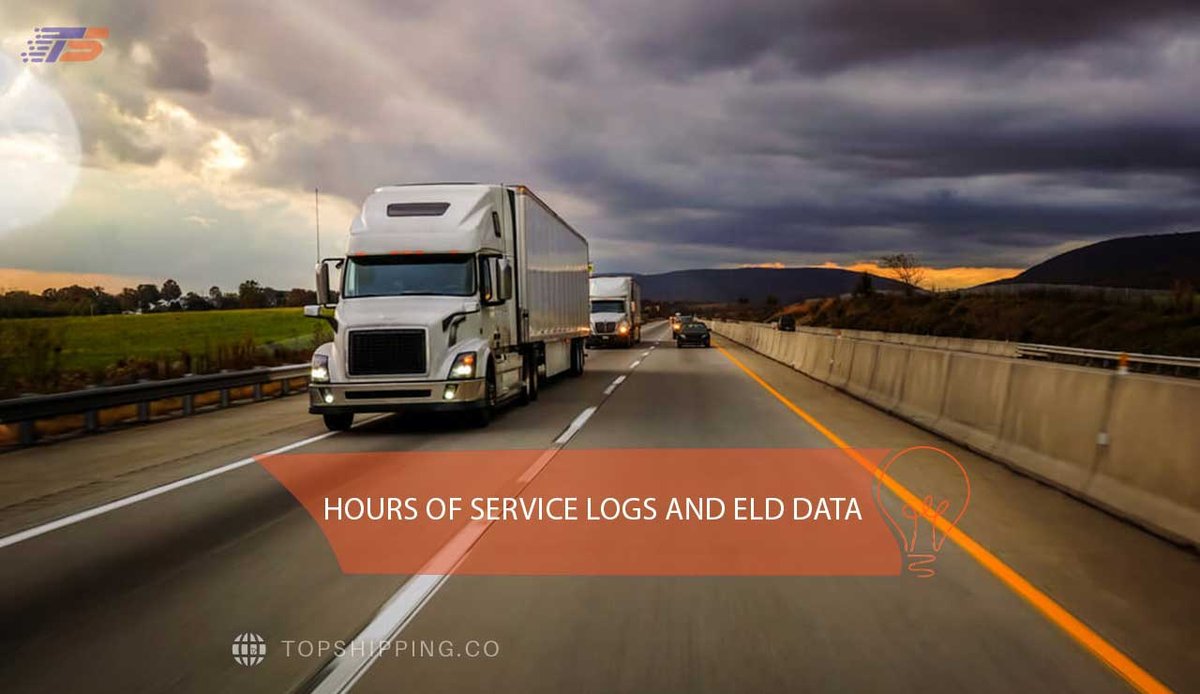
Hours of Service Logs and ELD Data
All HOS records must be kept for a minimum of six months and made available to DOT officers if requested. This means all raw ELD data. It includes data from the ELD hardware and software method, along with any edits or notes. A smart DOT compliance checklist links HOS logs with payroll and dispatch logs. This helps spot chances for falsification early!
Vehicle Maintenance and Inspection Records
Maintenance documentation needs to include:
- Maintenance inspections
- Preventive maintenance
- Repairs
It must also prove that all defects are repaired before the truck returns to service.
Fleets must show regulators how after-market maintenance records connect to DVIRs. This proves a closed loop, which is key for DOT trucking compliance.
IFTA Fuel Tax Reports
Quarterly IFTA reports show fuel gallons purchased and miles driven in each state. Aligning these with ELD odometer data helps avoid tax penalties. A clear fleet compliance guide gives fuel tracking tasks to certain job roles. This way, nothing is missed.
Safety Audit Preparation Checklists
A solid trucking compliance guide has checklists to prepare for audits. These checklists include Driver files, ELD logs, Vehicle maintenance, Drug tests (zero-tolerance and fitness for duty), Insurance, and Accident reports. A thorough internal audit finds errors before FMCSA arrives.
Common Compliance Challenges for Trucking Companies
Maintaining compliance is easy to say, not as easy to do. Small omissions or intentional shortcuts can snowball into fines and lost accounts. This section highlights the challenges facing efficient companies that must navigate on a daily basis.
ELD System Failures and Manipulation
Even well-designed ELD hardware can fail or be misused. Drivers may engage in poor practices to manipulate logs. A good fleet compliance guide will show penalties for tampering. It will give instructions for dealing with a failed unit. Also, it will tell you how to do daily ELD audits.
Logbook Falsification
HOS cheating is a long-standing form of violation that dates back to the paper logging days. ELDs and the FMCSA Clearinghouse focus on driver behavior to identify HOS violations. Things dispatchers should pay attention to is unreasonable trip times or back-to-back shifts. Would this account follow DOT compliance requirements?
Driver Training and Ongoing Education
Even the best fleets will have to endure an audit at some point in their operations. Understanding audits, the costs of violations, and quick fixes can help keep your operations smooth. It also helps maintain your fleet's partner quality.
Regular Internal Audits and Risk Assessments
The FMCSA audit process includes different types. These range from simple checks to full audits, as defined by the FMCSA. This section covers audit types, triggers for audits, and what to expect during an audit.
Regular Internal Audits and Risk Assessments
The FMCSA audit process includes different types. These range from simple checks to full audits, as defined by the FMCSA. This section covers audit types, triggers for audits, and what to expect during an audit.
Audits, Violations, and Penalties
All new carriers receive a safety audit from the FMCSA within a 12-18 month window. The audit checks if your fleet compliance guide includes HOS, a maintenance program, drug tests, insurance, and DQFs.
Types of FMCSA Audits
FMCSA audits can vary. They range from quick visits to full audits. This section explains what can trigger a general or full audit and what to expect.
New Entrant Safety Audit
A new carrier will have a safety audit in the first 12 to 18 months of operation. This audit checks if your fleet compliance guide meets key requirements.
It addresses:
- Working hours and logging for drivers (HOS)
- Maintenance of vehicles
- Monitoring of drug tests
- Insurance coverage
- Driver qualification files (DQFs)
Compliance Review
A high CSA score often leads to a full compliance review audit. In this audit, we will inspect all files. This includes logbooks, daily logs, maintenance reports, and safety records.
Compliance Review
A high CSA score often leads to a full compliance review audit. In this audit, we will inspect all files. This includes logbooks, daily logs, maintenance reports, and safety records.
Common Violations and Financial Penalties
Fines often occur due to:
- Missing DVIRs
- Logbooks that are not filled out correctly
- Positive drug tests
- Drivers who lack proper
- qualifications
If many violations occur, fines can accumulate rapidly.
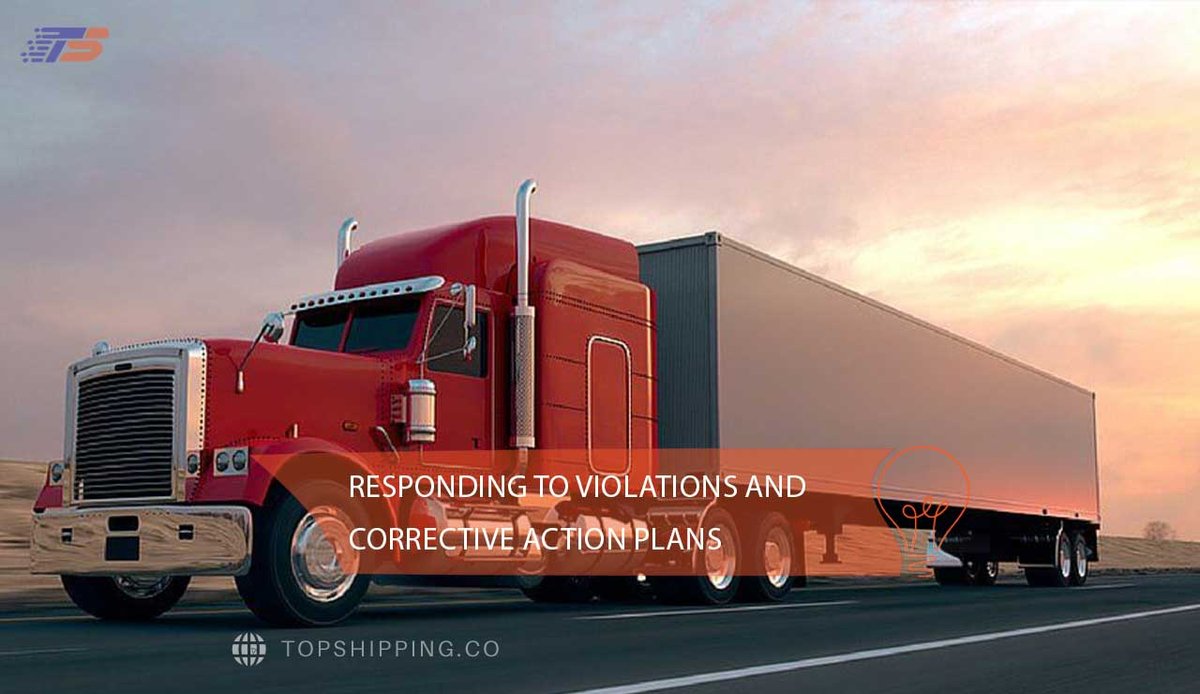
Responding to Violations and Corrective Action Plans
If you receive a citation, you must submit a Corrective Action Plan (CAP). This plan shows regulators how you will address the root causes of the violations. It also ensures DOT trucking compliance. A strong CAP builds trust with regulators and protects your authority.
Cross-Border and International Compliance Considerations
When freight crosses borders, compliance becomes more complex. This section outlines the rules among the U.S., Canada, and Mexico. It also highlights global HAZMAT standards and customs relationships fleets need to consider.
US-Canada Regulatory Integration
Fleets moving freight across the border must follow U.S. and Canadian HOS, ELD, and licensing rules. Canada has local exemptions that vary by province. A good fleet compliance guide can explain these rules and help prevent border delays.
US-Mexico Freight and Border Protocols
Shipping freight into Mexico requires extra customs forms, local permits, and HAZMAT approvals. Drivers may need escorts or added security in higher-risk areas.
US-Mexico Freight and Border Protocols
Shipping freight into Mexico requires extra customs forms, local permits, and HAZMAT approvals. Drivers may need escorts or added security in higher-risk areas.
International HAZMAT and Customs Requirements
International HAZMAT rules connect the U.S. DOT, the UN, and the IMO. HAZMAT classification, labeling, spill response plans, and other requirements must follow all rules. If not, containers will be rejected.
The Future of Trucking Compliance
Technology, sustainability goals, and self-driving cars are changing transport. So, trucking compliance guidelines need to change too. Fleets that adapt to new FMCSA regulations and use automation will boost their market position. Following DOT compliance requirements helps too. They will also earn trust from global shippers like TopShipping. This section will explore how AI, ESG policies, and self-driving trucks affect compliance.
Role of AI and Automation
AI will help automate log checks and inspections, scheduled maintenance, and potential risk flags at roadside inspections. We will soon have real-time fatigue detection. This will help us adjust routes and improve DOT safety compliance.
Emerging ESG Regulations in Transport
Environmental/social governance regulations are already driving rules on carbon tracking, idle-time, and alternative fuels use. Future trucking compliance guidelines will need to add sustainability targets.
Legal Uncertainties with Autonomous Trucks
Self-driving trucks bring questions about compliance. Who logs hours of service? Where does liability lie if there’s a crash? Fleets should watch for changes in federal DOT regulations as this technology develops.
A full truck driver compliance manual includes HOS, ELDs, CDLs, inspections, HAZMAT, IFTA, CSA, and recordkeeping. It’s all backed by excellent training and tech.
Boosting trucking DOT compliance means fewer fines, lower insurance costs, better CSA scores, and better contracts. For worldwide shipping partners like TopShipping, compliance demonstrates a partnership worth trusting.
Frequently Asked Questions (FAQ)
HOS log issues and missing DVIRs remain the top triggers for penalties.
Only if you qualify for short-haul or special exemptions. Most fleets cannot.
New entrants face one early on. After that, risk-based triggers like poor CSA scores drive audits.
Stay current on your DOT compliance checklist, fix logbook errors, inspect daily, and train drivers to avoid risky behavior.

TopShipping
With years of experience in logistics and freight forwarding, the author is passionate about making shipping smoother and more efficient.
As a leader at TopShipping, they’ve developed a deep understanding of supply chain management, international shipping rules, and creative logistics solutions. They’re driven by a desire to help businesses succeed by delivering reliable, customer-focused services.
Over the years, they’ve also shared their expertise by writing for various industry publications, offering practical tips and insights on the latest trends in logistics. Thanks to their leadership, TopShipping has become a trusted name for companies looking for hassle-free global freight solutions.


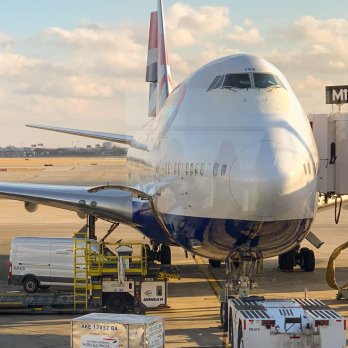

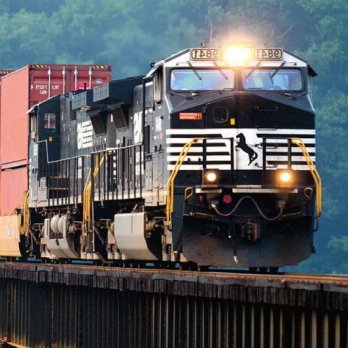
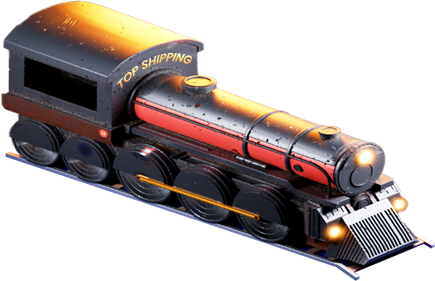
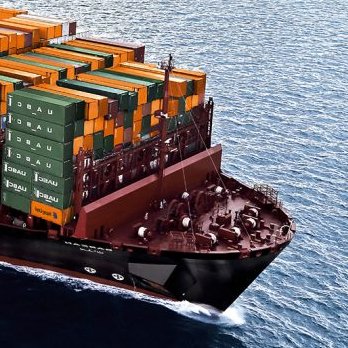
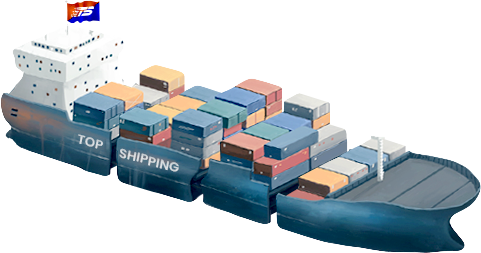
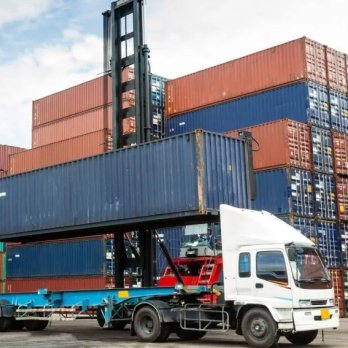
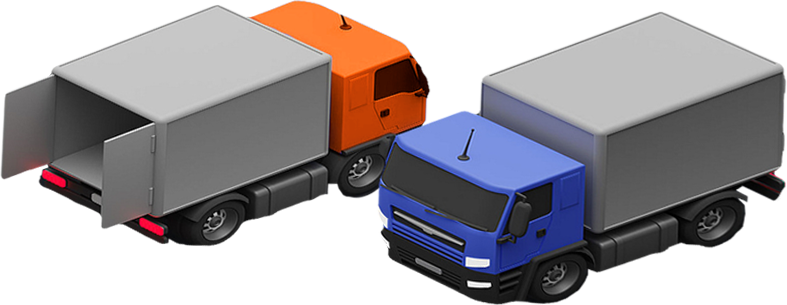
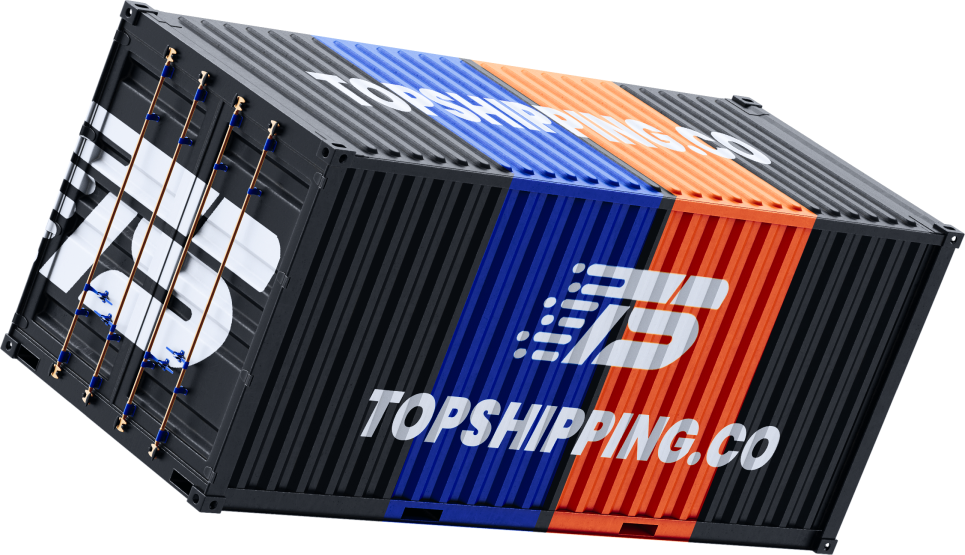





Comment Section